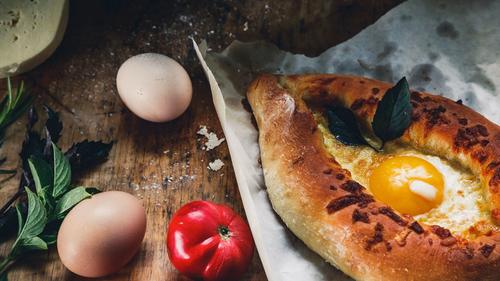If the shortage of yeast and bread flour is anything to go by, many of us have rekindled a love of baking during lockdown. Now that you have the basic technique under your belt, why not treat yourself to a new loaf tin and try to recreate some of these breads from around the world?
Ciabatta
Italy
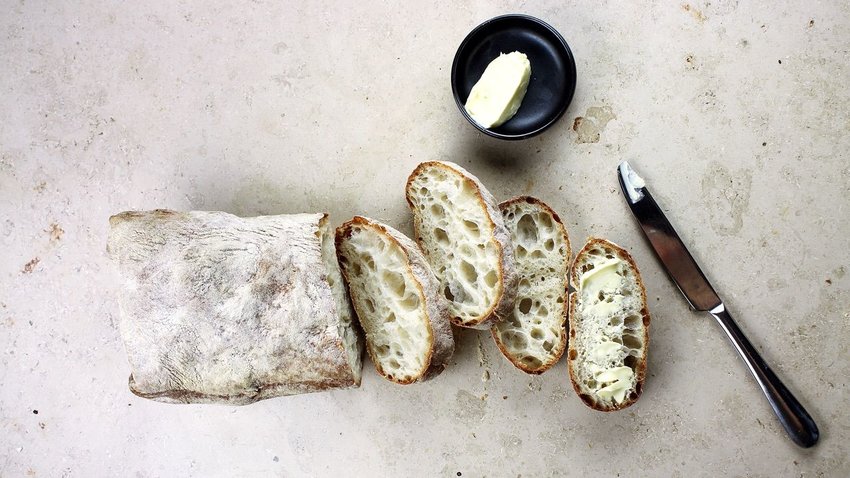
Ciabatta is so widely thought of as a classic Italian bread you’ll probably be surprised to learn that it wasn’t invented until 1982. It hails from the north east, close to Venice, but quickly caught on in the UK and USA. Its name translates as slipper, a reference to the shape of the loaf. With a dense, chewy crust and characteristic holey middle, it’s great for mopping up sauces or simply served with olive oil to stave off hunger pangs while you wait for your entrée to be ready. This ciabatta recipe is easy to follow, but to achieve those huge holes, you’ll probably need a biga, akin to a sourdough starter.
Damper bread
Australia
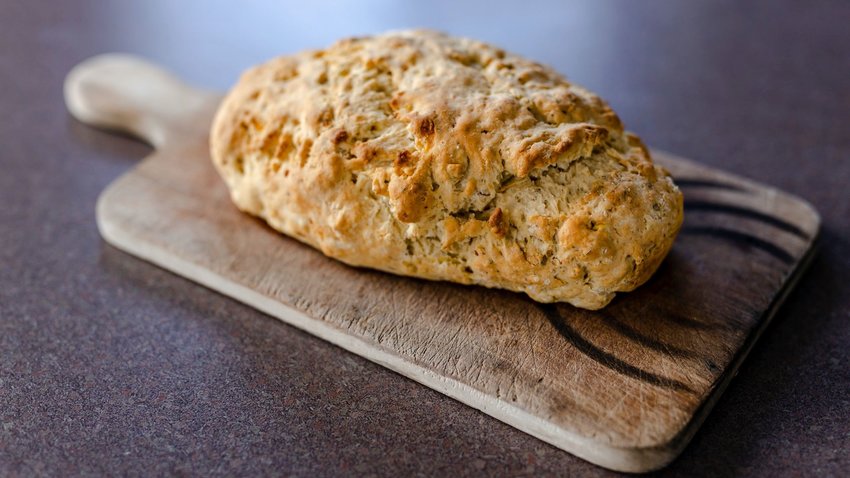
Aussie swagmen, drovers and stockmen once swore by damper bread for sustenance while they were working or travelling in the Outback. This iconic Australian bread is best baked slowly in the ashes of a campfire; traditionally in a cast iron pot called a camp oven. In its most basic form, damper vread consists of just three basic ingredients, flour, water and a pinch of salt, all easily transported by those on the move. If you tap it and it sounds hollow, it’s done. This more refined version adds a bit of butter to boost the flavour, and uses self-rising flour to enable the damper to rise.
Lavash
Armenia
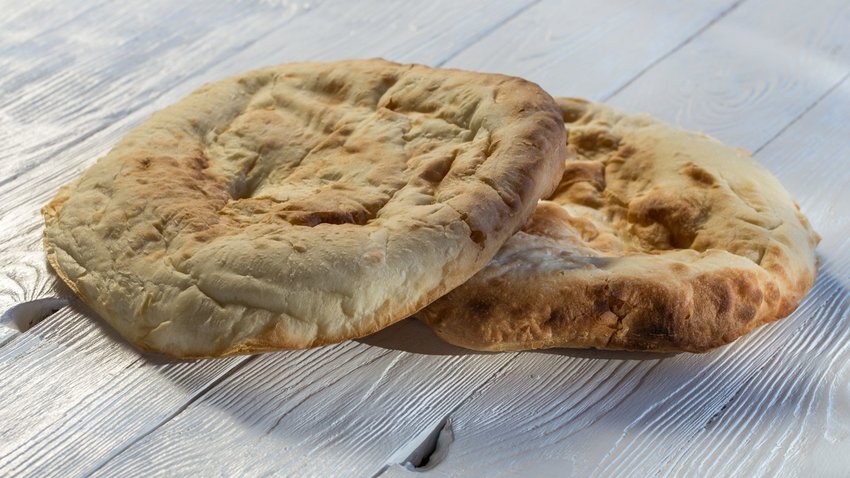
Lavash hails from Armenia in the Caucasus, where it’s considered so important it was inscribed by UNESCO on their Intangible Cultural Heritage list in 2014. Armenian bakers use clay ovens known as tonirs to cook this delicious flatbread. However, you can improvise with a regular oven, or even a wok turned upside down on a stove top. The recipe and method are relatively simple, but as it’s thin it tends to dry out quickly. Use it as you make it, or stack it and later sprinkle it with water to bring it back to life.
Khachapuri
Georgia
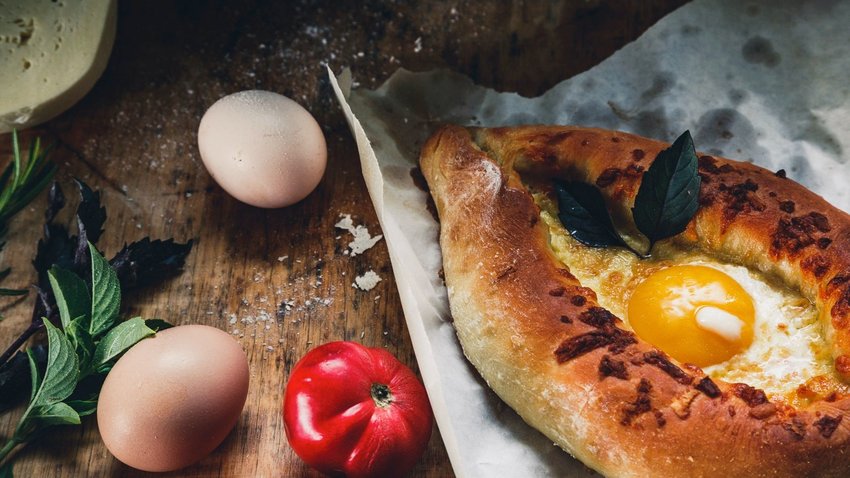
Neighbouring Georgia has its own bread speciality. Khachapuri is oval shaped like a boat and baked with a whole egg. Different regions have their own variations, some with cheese, for instance. The Georgian authorities have even recognised its importance by declaring a National Khachapuri Day on February 27th. To say it’s a popular dish is therefore an understatement, and you’ll find it not only in restaurants, but also as a street food. Be warned, though, it’s a filling snack, so it’s best eaten on an empty stomach.
Potato Bread
Ireland
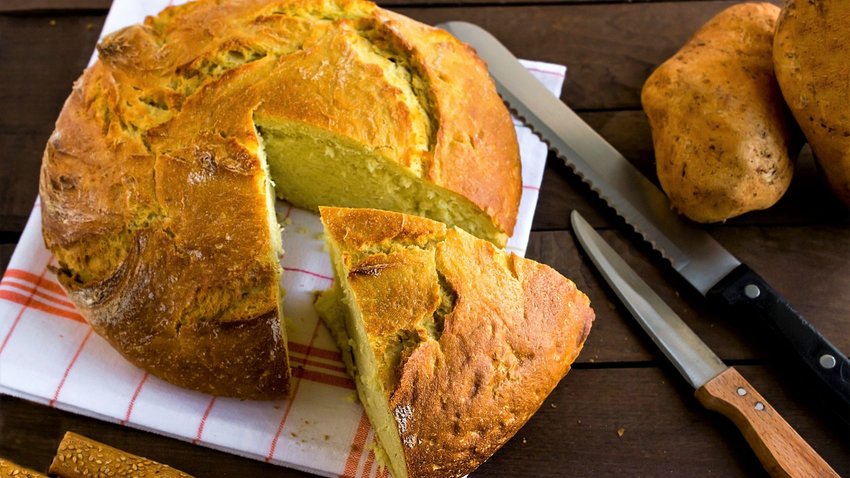
Widely consumed in Ireland, Scotland, Hungary, Germany and even Chile, potato bread comes in many forms. Potato replaces a proportion of the wheat flour to produce a bread that is flavoursome and filling. From Northern Ireland, try the potato farl, a soft potato bread cut into four square slices (a farl means a quarter) to accompany an Ulster fry. Shallow fried and served alongside sausage, bacon and egg, it’s a nutritious breakfast that will set you up for the day.
Manoushe
Lebanon
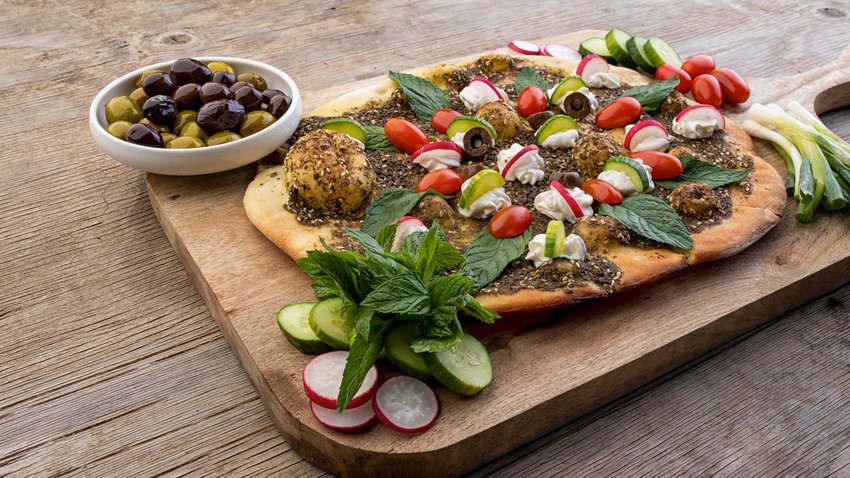
Manoushe goes by several names, among them manakeesh, manaeesh and manaqish. Whichever you use, this flatbread is beloved Lebanon and other Levantine nations, and is a must-bake for bread fans. The dough is not unlike a pizza in some respects. When rolled out, the baker presses the surface of the dough with their fingertips to create little indentations for the toppings to collect in. These can be cheese, minced lamb or a combination of thyme, oregano, marjoram and ground sesame seeds known as Za’atar.
Injera
Ethiopia
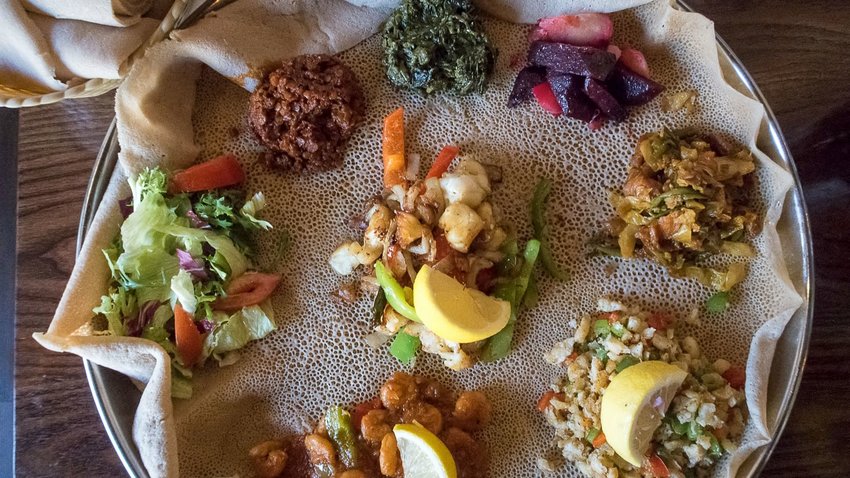
My final pick is the spongy flatbread from Ethiopia and Eritrea called injera. It might have the appearance of a crepe, but this is definitely a member of the bread family. A thin batter is poured over a hot plate. When cooked, it’s smooth on one side but the other develops a pitted surface from the air bubbles which form. This makes the flatbread exceptionally well suited to mopping up juices and sauces. In fact, because of this it’s often used as an eating utensil, even as a plate. To make injera, ideally you’re going to need to get hold of some teff flour online or from a specialist supplier. Whole-wheat or buckwheat flour can be substituted if unavailable.
